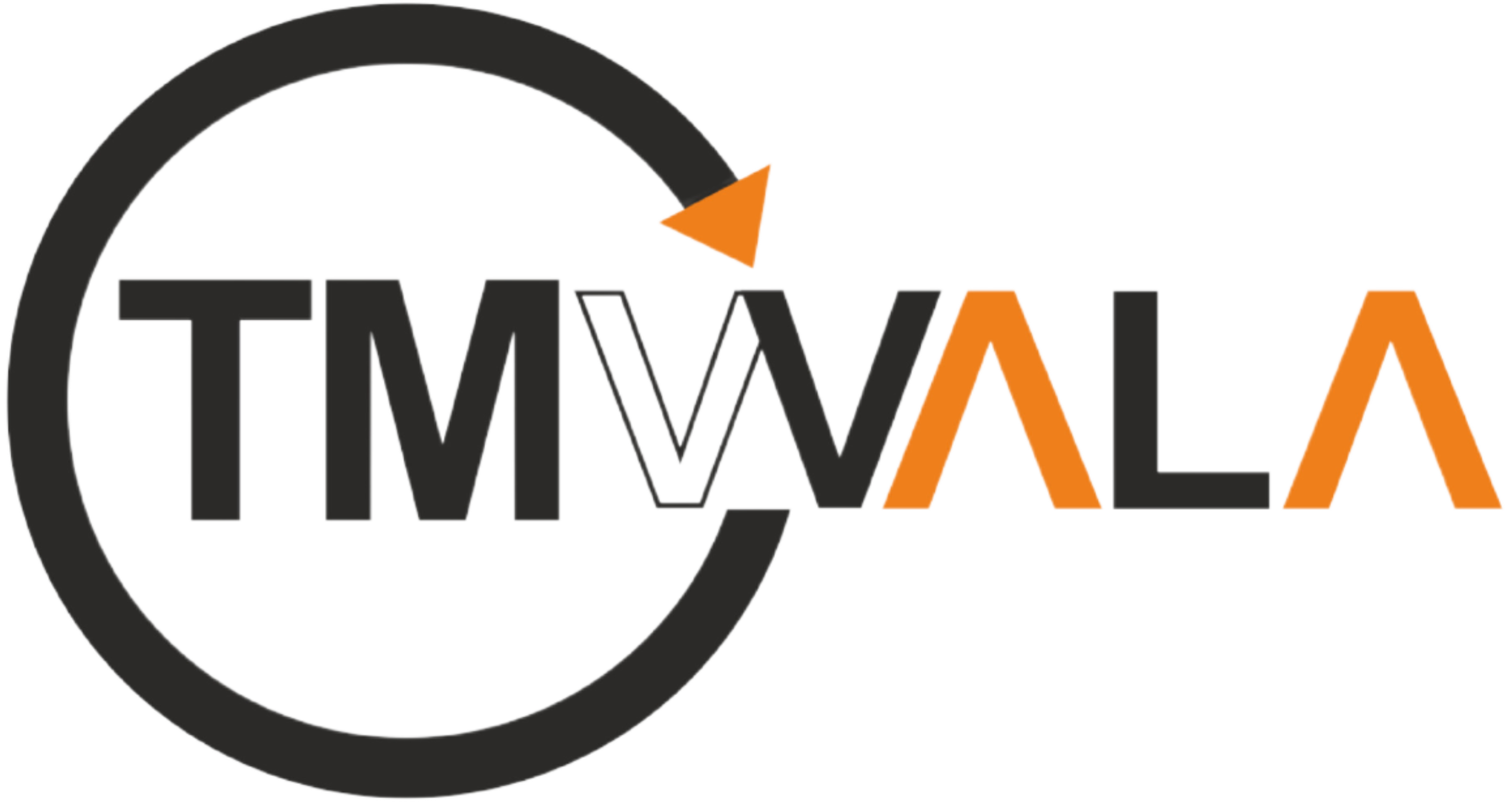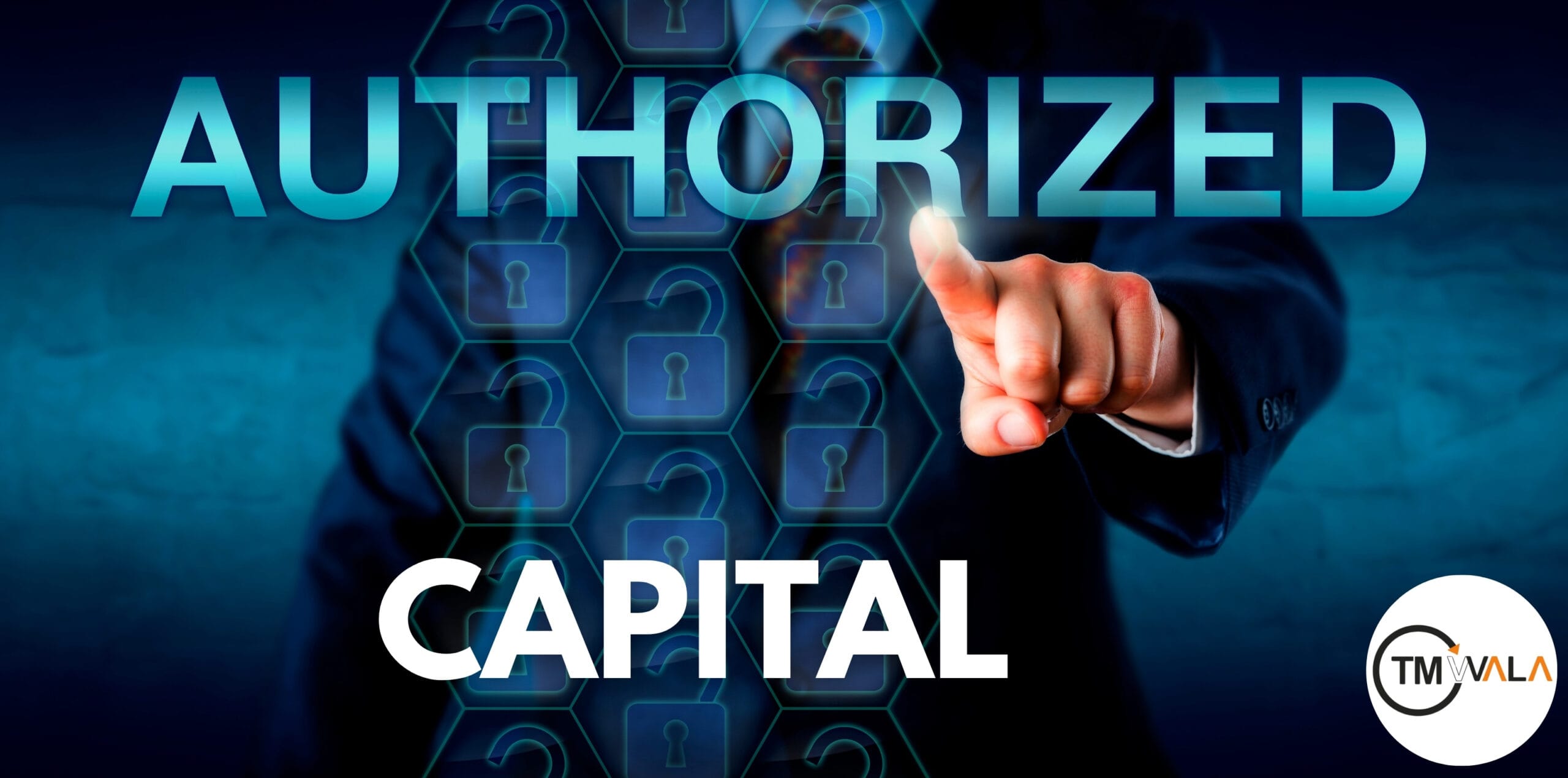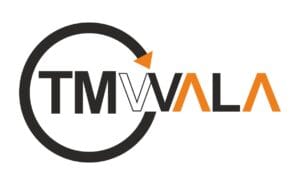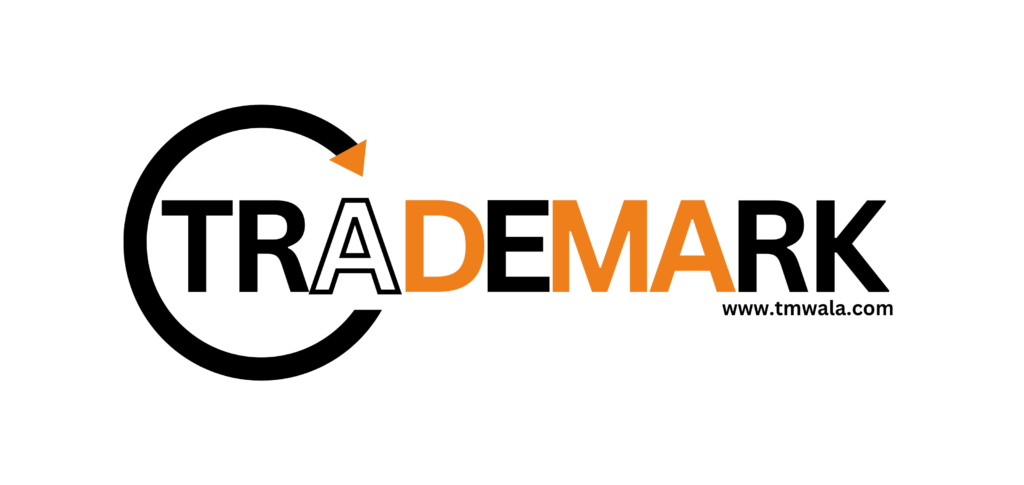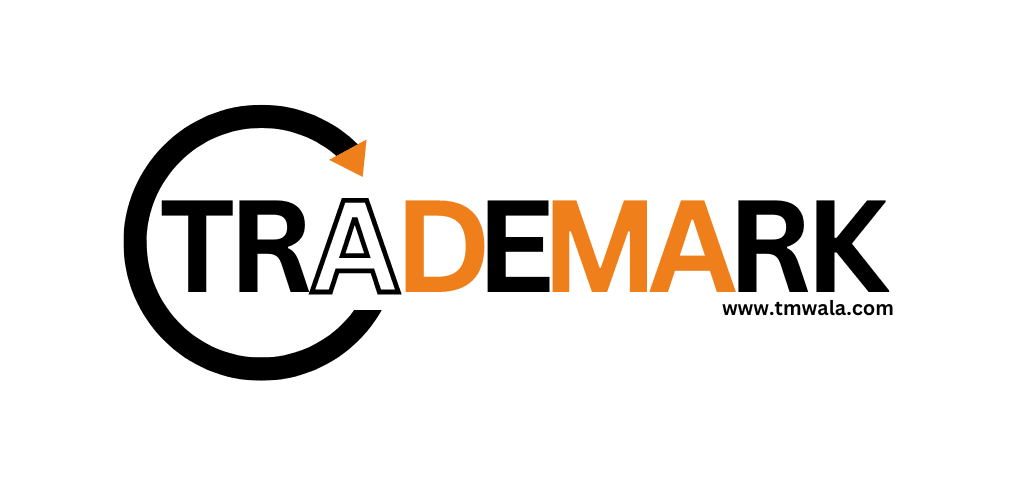Introduction
For a Private Limited Company, one effective way to raise long-term capital is by increasing its authorized share capital. Let’s break this down:
What is Authorized Share Capital?
According to Section 2(8) of the Companies Act, 2013, “Authorized Capital” refers to the maximum amount of share capital that a company can issue to its members, as outlined in its memorandum. Essentially, it’s the total value of shares that the company is permitted to issue.
How Does This Differ from Paid-Up Capital?
- Authorized Share Capital: This is the ceiling on the share capital the company can issue.
- Paid-Up Share Capital: This is the value of the shares that have been issued, subscribed to, and fully paid by the shareholders.
So, What Can a Company Do If It Wants to Bring in New Shareholders?
- Increase Authorized Share Capital: By raising the authorized share capital, the company can issue new shares to new or existing shareholders. This expansion allows the company to attract additional investment.
- Transfer Existing Shares: Alternatively, shares can be transferred from existing shareholders to new ones. This method doesn’t require a change in authorized share capital but can be a viable option if the company doesn’t need to raise additional capital.
Why Follow the Companies Act?
Changes to the company’s share capital structure must comply with the Companies Act and its regulations. This ensures that all modifications are legally sound and properly documented.
By navigating these options, a company can effectively manage its capital requirements and continue its growth trajectory.
Authorised and Paid-Up Capital of a Company
A company’s authorized share capital is the total amount of shares it is permitted to issue. Paid-Up Capital, on the other hand, represents the real value of shares that shareholders have completely subscribed for, paid for, and issued. The authorized share capital cannot be more than the paid-up capital.
What Happens If Your Business Needs More Stockholders?
- Increase Authorized Share Capital: This entails increasing the maximum amount of shares that the business is permitted to issue. The company’s Memorandum of Association (MOA) is amended to do this. The corporation can issue more shares and draw in new or current investors by raising the authorized share capital. This is the best choice if you want to finance new initiatives, encourage growth, or meet financial obligations.
- Transfer Existing Shares: Current shareholders may transfer their shares to new ones in lieu of raising the authorized capital. With this approach, the authorized share capital can be increased or decreased while adding new owners.
Why Would You Change the MOA ?
A firm must revise its MOA to increase the authorized capital limit if it want to issue more shares than are initially permitted. With this amendment, the company’s maximum share capital is adjusted to allow for the issuance of additional shares over the initial cap.
This procedure makes sure that the share structure of the business complies with regulatory standards and is in line with its growth and funding goals.
Need for an increase in Authorized Share Capital
For a number of reasons, increasing authorized capital may be essential. Let’s examine a few typical situations:
- Significant Financial Needs: Raising approved capital can supply the required finances for a firm that has significant financial needs.
- Financing New Ventures: Increasing allowed capital makes it possible to invest more money in order to support new company endeavors or projects.
- Business Mergers: When two companies are joining forces, raising cash can help with integration and supply the required funds.
- Additional Capital Issues: Raising the authorized capital guarantees that a business can lawfully issue more shares in order to raise more money.
- Debt-to-Equity Conversion: In order to accommodate the additional shares, converting current debt into equity capital frequently calls for an increase in authorized capital.
- Legal Compliance: In order to satisfy regulatory standards, an increase in authorized capital may occasionally be necessary due to legal duties.
Procedure to Increase Authorized Share Capital
Steps to Increase Authorized Capital
Increasing your company’s authorized capital involves several key steps to ensure compliance and secure shareholder approval. Here’s a streamlined guide:
Review the Articles of Association (AoA):
- Check Current Provisions : The AoA should detail governance, including capital management. First, check if it already permits changes to the authorized capital.
- Need for Amendments : If the AoA doesn’t include a provision for altering authorized capital, you’ll need to amend it according to Section 14 of the Companies Act, 2013.
Amend the AoA (if required):
- Updating the AoA : If necessary, modify the AoA to include the capability for authorized capital alterations.
Convene a Board Meeting:
- Send Notices : Issue a notice to all directors at least 7 days in advance, detailing the meeting’s agenda.
- Pass a Resolution : During the meeting, pass a resolution to call an Extraordinary General Meeting (EGM). This meeting will seek shareholder approval for the revised authorized capital in the Memorandum of Association, following Section 101 and Section 60 of the Companies Act.
Notify Shareholders:
- Send EGM Notices : Inform shareholders of the EGM’s date, time, venue, and agenda. Include details on how they can vote on the resolution.
- Distribution : Ensure the EGM notice is sent to directors, shareholders, and auditors.
- Notice Period : The EGM notice should be issued at least 21 days before the meeting. If necessary, a shorter notice period is allowed with consent from at least 95% of voting-eligible members.
Conduct the Extraordinary General Meeting (EGM):
- Present the Agenda: At the EGM, formally present the proposal to increase authorized capital.
- Voting : Shareholders will vote on the proposed increase as outlined in the EGM notice.
- Approval and Documentation**: Once the resolution is approved, document the details and implications in the official records.
By following these steps, you ensure that increasing authorized capital is handled efficiently and in compliance with legal requirements.
Regulatory Filings for Authorized Capital Increase with ROC
Once your resolution to increase authorized capital is approved, you must complete the following regulatory filings with the Registrar of Companies (RoC) within 30 days:
Filing Form MGT-14
What to Do:
- Submit Form MGT-14: File this form with the RoC within 30 days of passing the resolution.
Details Required:
- Company Information: Including Corporate Identification Number (CIN).
- Purpose: Explain why you’re filing.
- Dates: Include dates for notice dispatch and resolution passage.
- Resolution Details: Specifics of the resolution passed.
- Signatures: Digital signatures and Director Identification Numbers (DINs) are needed.
Documents Required:
- Notice of EGM : With Explanatory Statement under Section 102.
- Certified Copy of Resolution : From the EGM.
- Updated Memorandum of Association (MoA) : Reflecting the change in the Capital Clause.
- Updated Articles of Association (AoA) : If it includes provisions for increasing authorized capital.
Filing Form SH-7
What to Do:
- Submit Form SH-7 : File this form with the RoC within 30 days of the resolution.
Details Required:
- Company Information : Including CIN.
- Resolution Type : Indicate the nature of the resolution.
- Meeting Date : Date when the resolution was passed.
- Service Request Number (SRN) : For Form MGT-14 if it’s already filed.
- Authorized Capital Amounts : Both original and new amounts.
- Breakdown : Details of the additional share capital.
- Stamp Duty Fees : Details about the stamp duty paid.
- Signatures : Digital signatures and DINs as necessary.
Documents Required:
- Certified True Copy of the Resolution : For capital alteration.
- Updated MoA : With the Capital Clause changes.
- Updated AoA : If it includes a new provision for capital increase.
- Optional Documents : Any additional documents if required.
- Payment of E-Stamp Duty
What to Do:
- Complete E-Stamp Duty Payment : Pay the duty for the increased authorized share capital through the Ministry of Corporate Affairs (MCA) Portal, as mandated by law.
Procedure Following Authorized Share Capital Increase
- Update MOA and AOA
- Revise Documents : Make sure that the updated Memorandum of Association (MOA) and Articles of Association (AOA) reflect the new authorized share capital.
- Consistency is Key : Ensure all copies of these documents across company records are consistent with the recent changes. This helps maintain legal compliance and ensures all official records are up-to-date.
- Share Allotment
- Increase Paid-Up Capital : With the new authorized share capital in place, you can now boost your paid-up share capital.
- Issue New Shares : This involves issuing new equity shares to either existing or new shareholders. By doing so, you infuse additional funds into the company, supporting its growth and financial stability.
Penalties for Non-Compliance with Authorized Capital Increase Procedures
While Sections 61 and 65 of the Companies Act, 2013 provide guidelines for increasing authorized capital, penalties are addressed under Section 450 for general non-compliance:
- General Penalty : If a company or its officers fail to follow the prescribed rules, a penalty of ₹10,000 is imposed.
- Ongoing Violation : An additional penalty of ₹1,000 per day applies for continued non-compliance until the issue is resolved.
Specifically for Form SH-7:
- Late Submission : If Form SH-7 is not submitted within 30 days of the resolution, the penalty accrues at ₹1,000 per day of delay.
- Maximum Cap : The penalty continues until the default is corrected, with a cap of ₹25 lakh.
How “TMWALA” Can Assist with Increasing Authorized Share Capital
“TMWALA” offers comprehensive support for managing the process of increasing authorized share capital, ensuring that your company navigates regulatory requirements seamlessly. From reviewing and amending the Articles of Association (AoA) to facilitating board meetings and drafting necessary resolutions, “TMWALA” handles all aspects of compliance with the Companies Act, 2013. Their expertise extends to preparing and filing crucial forms such as MGT-14 and SH-7, ensuring timely submission to the Registrar of Companies (RoC) while adhering to all documentation and payment requirements. “TMWALA”’s thorough approach minimizes the risk of penalties and ensures that your authorized and paid-up capital updates are executed smoothly and in full legal compliance.
Important FAQs
- What is Authorized Share Capital?
Ans. Authorized Share Capital is the maximum amount of share capital that a company can issue to its shareholders, as specified in its Memorandum of Association (MoA). It represents the ceiling of the company’s share capital capacity.
2. How does Authorized Share Capital differ from Paid-Up Capital?
- Authorized Share Capital: The maximum value of shares a company is allowed to issue.
- Paid-Up Capital: The actual value of shares that shareholders have fully paid for and subscribed to.
3. What steps should be taken to increase Authorized Share Capital?
- Review and, if necessary, amend the Articles of Association (AoA).
- Convene a board meeting to pass a resolution.
- Notify shareholders and conduct an Extraordinary General Meeting (EGM).
- File required forms (MGT-14 and SH-7) with the Registrar of Companies (RoC).
4. Why might a company need to increase its Authorized Share Capital?
Companies may need to increase their authorized capital to meet significant financial needs, finance new ventures, merge with other businesses, issue additional shares, convert debt to equity, or comply with legal requirements.
5. What are the regulatory filings required after increasing Authorized Share Capital?
- Form MGT-14: For notifying the RoC of the board resolution.
- Form SH-7: For notifying the RoC about the increase in authorized share capital.
6. What are the penalties for non-compliance with the Authorized Share Capital increase process?
- A general penalty of ₹10,000 for non-compliance.
- An additional penalty of ₹1,000 per day for ongoing violations.
- For late submission of Form SH-7, ₹1,000 per day of delay, capped at ₹25 lakh.
7. How does TMWALA assist with increasing Authorized Share Capital?
TMWALA provides end-to-end support, including reviewing and amending AoA, facilitating board meetings, preparing and filing forms MGT-14 and SH-7, and ensuring compliance with all regulatory requirements.
8. What is the process for updating the Memorandum of Association (MoA) and Articles of Association (AoA) after an increase?
Ensure that the MoA and AoA reflect the updated authorized share capital. All company records should be consistent with these changes to maintain legal compliance and reflect the company’s new capital structure.
